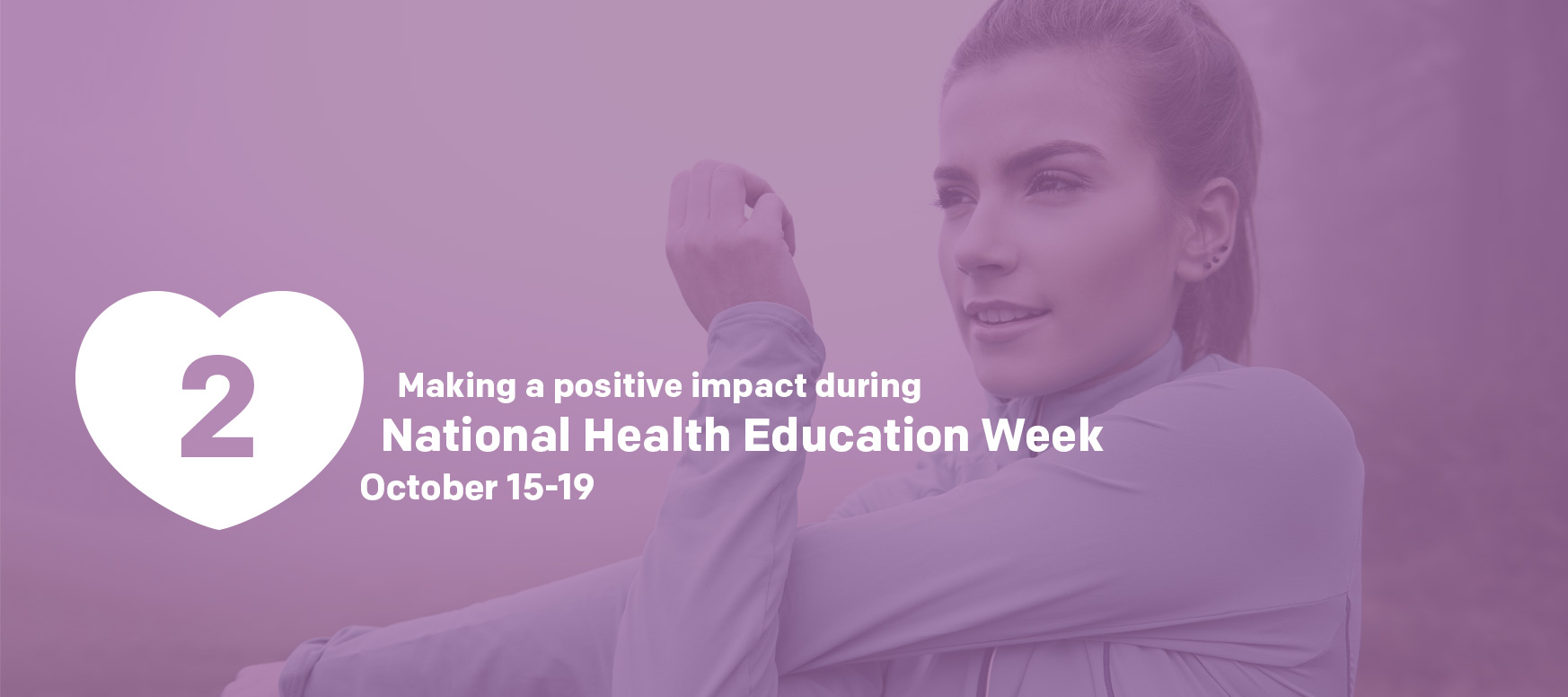Mindfulness Practice ft. eM Life

By: eM Life teacher Ninette Hupp / eM Life
Emotions and Stress are Part of the Human Experience
Altering the way we relate to them makes a huge difference. Often times they lead us to be stuck in the past or obsessed with what may happen in the future. Maybe, you’ve noticed that when you’re feeling depressed your thoughts are focused on the past? Or when you’re feeling anxious your thoughts are focused on the future? These are the habit patterns of the mind that pull us away from the present moment.
As we know, the mind can be persistent. But we can develop new habit patterns that help us become present to the big and small joys, opportunities and connections that exist only in the current moment. This is what the practice of mindfulness does.
“Science is increasingly validating … that mindfulness can be very helpful in developing the ‘emotional resilience’ to cope …,” the 2016 report from Mental Health America (MHA) on Complementary & Alternative Medicine for Mental Health states.
We Are Not Alone
Often a sense of loneliness occurs when we don’t feel a part of the world around us. The practice of mindfulness reminds us that we are interconnected to our environment and others. How many of us appreciate this connection when we are taking in the beauty of nature?
Mindfulness helps us recognize that this same meaningful connection is available with others. In each moment, we have choices we can make to help us engage in these relationships with a fresh and open perspective. As we explore our relationship with ourselves kindly and compassionately, we also recognize how others value giving and receiving these warm sentiments. As we mindfully choose to share ourselves with others, we expand our human connections one step at a time.
Currently, over 2,000 studies have been published on mindfulness according to the National Institute of Health (NIH). Research shows mindfulness can increase:
- Social Connection
- Positive Emotions
- Emotional Regulation
- Empathy
- Compassion
At the same time, mindfulness practice helps decrease the feelings that bring pain into our lives:
- Anxiety
- Depression
- Stress
- Loneliness
Mindfulness Practice
We might be saying to ourselves, “But mindfulness is complicated. I don’t know how to do it.”
The beauty of practicing mindfulness is simple, by taking one mindful breath, we become experienced in mindfulness practice. When we notice our mind has wandered or is consumed by a pestering thought, we are experiencing a mindful moment. The more mindful moments we have, the more experienced we become. Here are three simple mindful practices:
1. Mindful Movement
This is paying attention to the movement of our bodies, noticing what it feels like inside the body when we move deliberately. This could be while walking – my heart rate is increasing, doing desk yoga – my joints are loosening, folding laundry – I feel calmer as I slowly fold one towel after the other or washing dishes – my hands feel warmer in the water and cooler when I take them out of it.
2. Awareness of Breath
For most of us, breathing happens at a subconscious level. In this practice, we are deliberately focusing our attention on the sensations as this occurs. It’s helpful to focus on the stomach rising and lowering as the air comes in and out of the body. Undoubtedly, the mind will wander because this is what minds do. Each time this happens we notice (a moment of mindfulness) and bring the attention back to the breathing cycle. This strengthens our mindful muscle. It’s helpful to give the mind something to focus on that supports our practice. Perhaps on the inhale silently saying, “I am here” and on the exhale “now”. A nice reminder of what mindfulness is.
3. Loving Kindness/Compassion Practice
This is about sending well wishes to others and ourselves. We may notice it’s easier for us to send love, kindness, and compassion to others rather than to ourselves. We might ask ourselves, “Why is that?” Maybe it feels self-centered or “wrong”. But don’t we deserve the same positive sentiments as someone we value? We do! Perhaps, we forget this because the practice of self-compassion is not common, valued or taught in our society so we aren’t familiar with doing it. Why not give it a try for ourselves? The practice begins by sending well wishes to a person that we appreciate. Here are a few common wishes:
- May you be as healthy as possible. May I be as healthy as possible.
- May you be kind to yourself and others. May I be kind with myself and others.
- May you live with a sense of ease. May I live with a sense of ease.
About the author
Ninette (LSW, LMSW), has served as mindfulness teacher with eMindful for four years. With years of training in mind/body interventions for high-stress environments, nervous system regulation and behavioral development, she brings a passion for making a difference.
—
To view the full article, click here. To learn more about mindfulness, please visit eM Life, eMindful’s online mindfulness resource. Stay tuned for eM Life online courses coming soon on the Wellbeats platform, which will include topics such as mindful eating, managing workplace stress, and anxiety. Availability may vary according to your Wellbeats subscription package.
To celebrate National Health Education Week on October 15-19, Wellbeats will be sharing tips each day to make a positive impact on public health. To learn more about the Society of Public Health Education, click here.